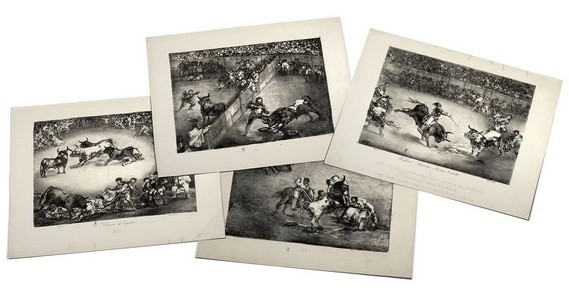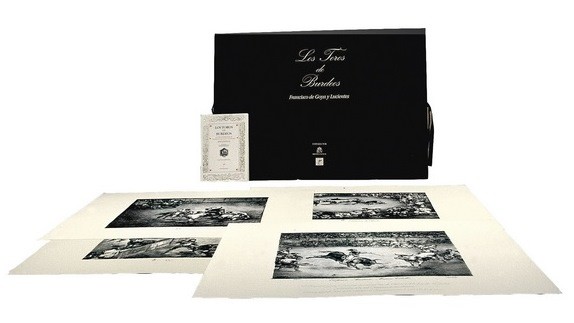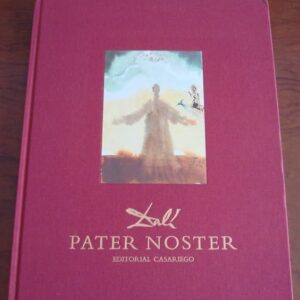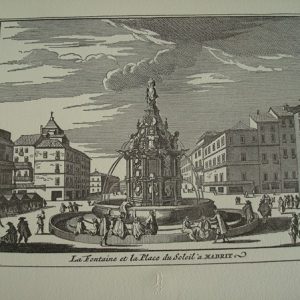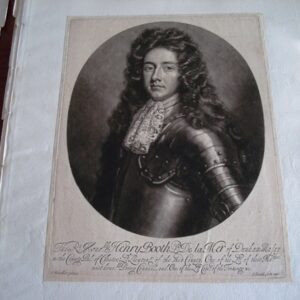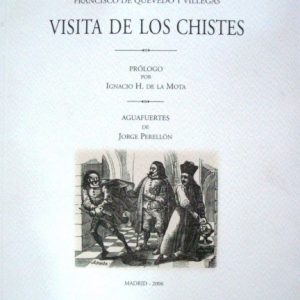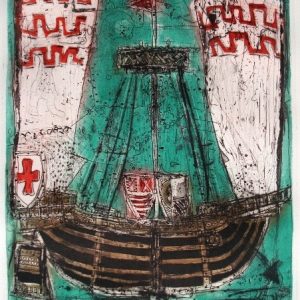Description
Francisco de Goya y Lucientes (1746-1828) is, after Ribera, the best Spanish recording artist, as well as being one of the most brilliant painters of all time. In the field of graphic art, Goya was as prolific as in the pictorial. He did not hesitate to make use of the most diverse techniques – saponet, aquatint, dry point, burin, lithography – to carry out an unparalleled production. The sets of Goya prints are far removed from the orders received by the artist or from the official paintings to which he was required by his position as chamber painter. In engravings, as in his enormous production of drawings, the most intimate, free and contradictory Goya appears.
Goya’s earliest prints were three of a religious theme, but his continuing activity as an engraver began in 1778, with copies of Velázquez’s paintings from the royal collection.
The magnificent lithographs of 1825, presented here in a beautiful and extraordinary facsimile edition, such as Los Toros de Bordeaux, are preceded by a long career dedicated to graphic art. Goya made these four lithographs of a bullfighting affair at the end of his life, when he was 79 years old and resided in Bordeaux, far from his homeland. Therefore, for him they supposed an exercise of nostalgia, the memory of the bullfighting scenes contemplated in Spain, of which he was so fond of.
Facsimile edition made in 1996 by the publisher Testimonio de Madrid, one of the best Spanish publishers in the making of facsimiles of codices, 1825 originals guarded in the National Library of Spain.
4 sheets format 55 x 44 cm approx. Presented in a luxury folder lined in fabric.
Accompanied by a supplementary study book by María Luisa García de Cuenca, from the BNE.
Shipping costs for the account of the buyer, according to order and destination. Ask us without obligation (indicating the reference of the article) any doubt.




